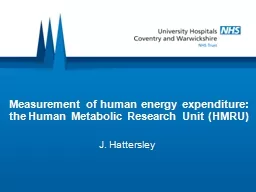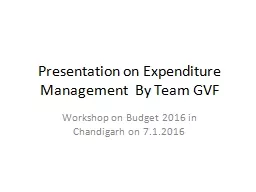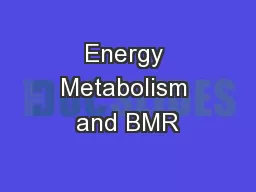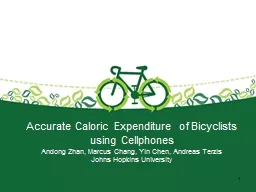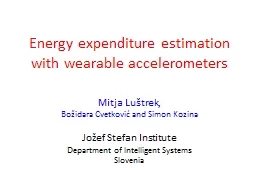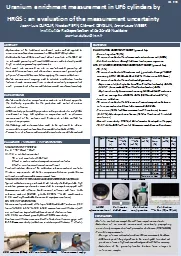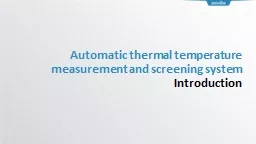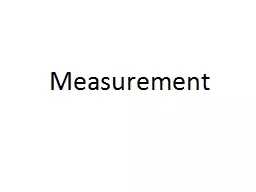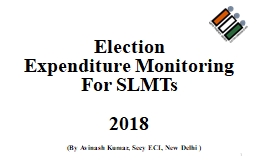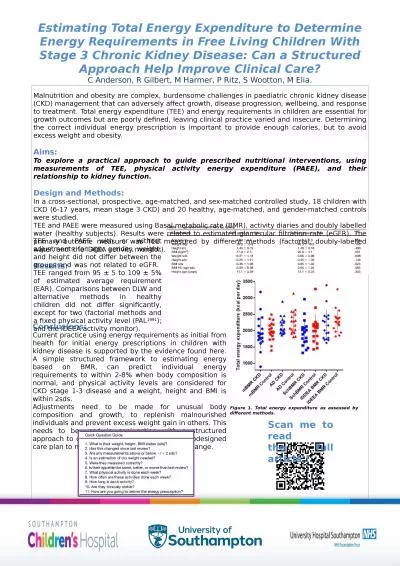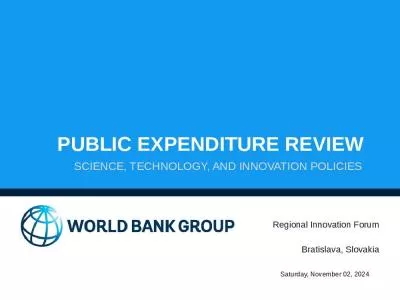PPT-Measurement of human energy expenditure:
Author : karlyn-bohler | Published Date : 2017-05-17
the Human Metabolic Research Unit HMRU J Hattersley Outline All about me Why are we concerned with measuring human EE What is the HRMU Facilities HMRUWISDEM BODPod
Presentation Embed Code
Download Presentation
Download Presentation The PPT/PDF document "Measurement of human energy expenditure:" is the property of its rightful owner. Permission is granted to download and print the materials on this website for personal, non-commercial use only, and to display it on your personal computer provided you do not modify the materials and that you retain all copyright notices contained in the materials. By downloading content from our website, you accept the terms of this agreement.
Measurement of human energy expenditure:: Transcript
Download Rules Of Document
"Measurement of human energy expenditure:"The content belongs to its owner. You may download and print it for personal use, without modification, and keep all copyright notices. By downloading, you agree to these terms.
Related Documents

